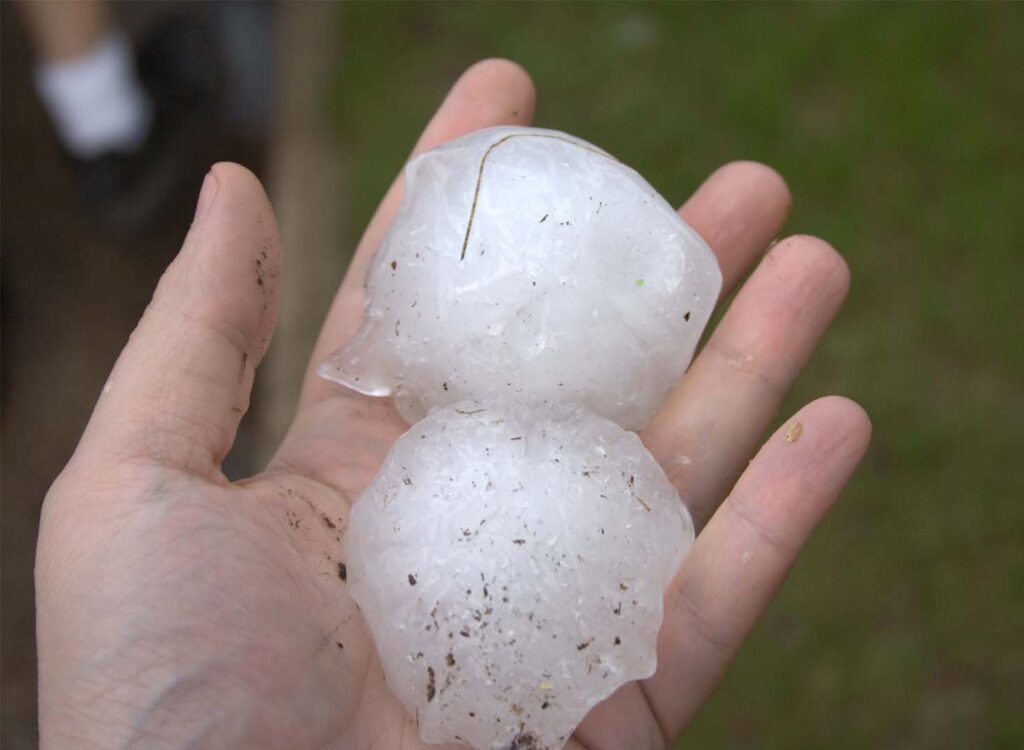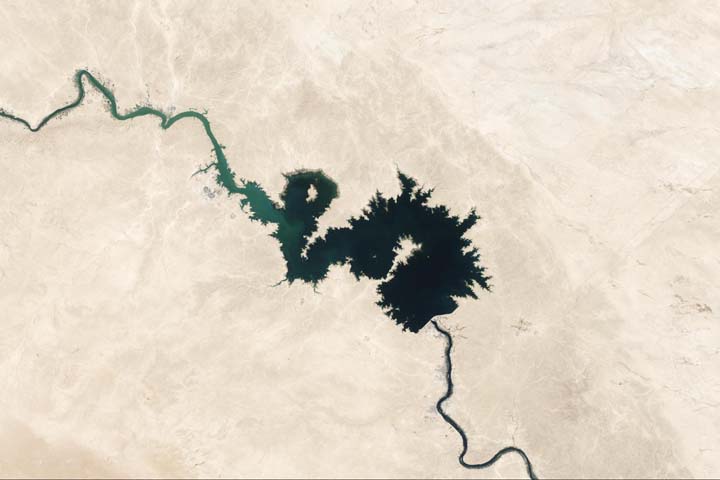Natural Disasters
Earthquakes

The frequency and power of earthquakes increase. Even though the earthquake reached less than 8 magnitudes, like the Turkey-Syrian earthquake in February 2023, 7.8 magnitudes cost 105 billion dollars in damage, and over 59,000 people lost their lives (data extracted from Wiki on June 27, 2023).
Hail



World records for the size of the hail have been broken again and again. First, it was recorded in South Dakota in 2010 with a diameter of 8 inches and a circumference of 18.62 inches. It weighed 1 lb, 15 oz [1]. Then there was the so-called gargantuan hailstorm in Argentina in 2018, with hail sizes between 7.4 and 9.3 inches. The record was broken [2]. However, golf- to baseball-sized hail is getting to be the norm nowadays. A large-size (like baseball-size) hailstorm fell in North Texas in June 2023, causing a lot of damage [3].
References:
[1] https://www.severe-weather.eu/global-weather/large-giant-hail-libya-mk/
[2] https://www.psu.edu/news/research/story/gargantuan-hail-argentina-may-have-smashed-world-record
[3] https://www.youtube.com/watch?v=qXFWLwxoRmc
Drought
Besides famines, drought is a problem the earth is facing now. Rivers, springs, dams, and water supplies are drying up.
CNN [1] brought up six rivers in the world to illustrate how significant a drought the world is facing now: the Colorado River in the USA; the Yangtze River in China; the Rhine River in Europe; the River Po in Italy; the Loire River in France; and the Danube River in Western Europe—all of those rivers reported drought due to the lack of rain and extreme heat.
However, there is one whom CNN did not mention. It is the Euphrates River in the Middle East. NASA in 2006 and 2009 provided a comparison of the Euphrates River below [2]. In only three years, freshwater shrank in the Tigris-Euphrates Basin. The Iraqi Ministry of Water Resources warned that the river could be dry by 2040.



References:
[1] https://www.cnn.com/2022/08/20/world/rivers-lakes-drying-up-drought-climate-cmd-intl/index.html
[2] https://earthobservatory.nasa.gov/images/80613/freshwater-stores-shrank-in-tigris-euphrates-basin
[3] https://features.csis.org/the-future-of-the-Euphrates-River/
